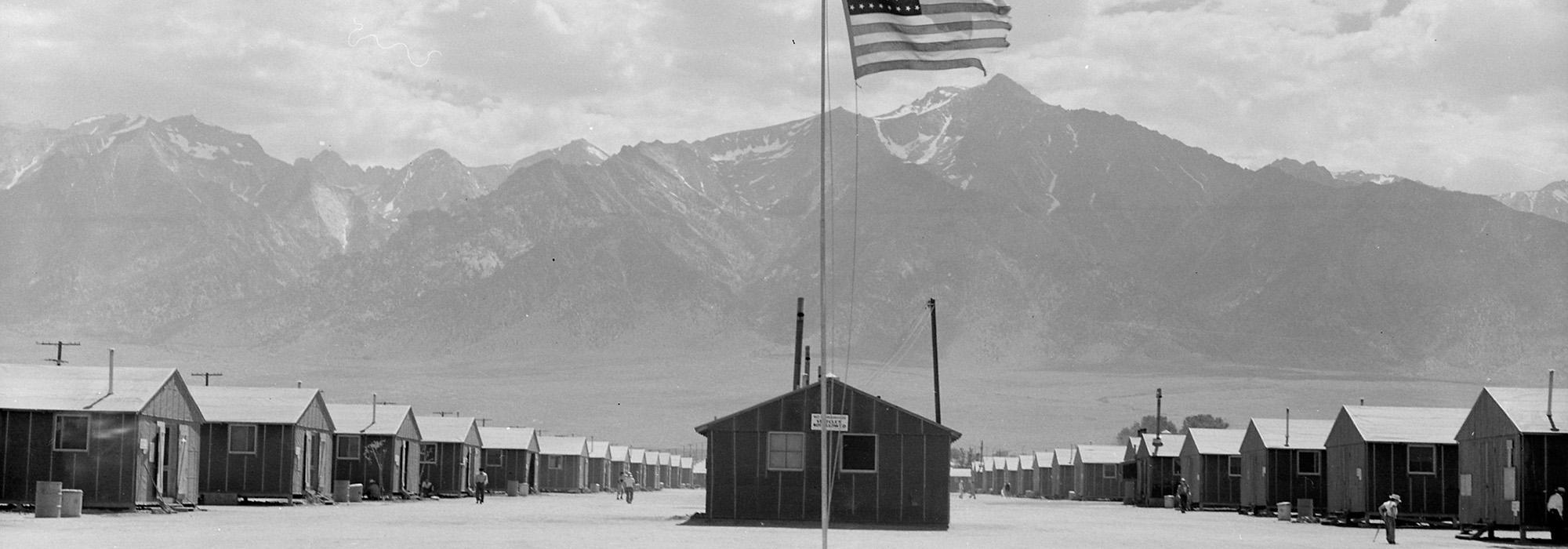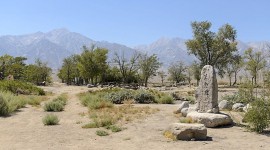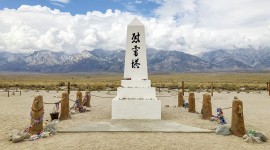Japanese American Confinement Sites Program Defunded
The Trump Administration’s FY2019 budget plan, unveiled in mid-February, has eliminated funding for the Japanese American Confinement Sites (JACS) program and proposed a substantial cut for the Historic Preservation Fund, which includes the Underrepresented Communities Competitive Grants program. The JACS program was authorized in 2006 and has provided more than $21 million in grants to 163 grantees (representing states, counties, local governments, and non-profit organizations) that support the preservation and dissemination of the history of Japanese incarceration by the U.S. government during World War II. The program was initially authorized for up to $38 million, and there remains close to $17 million available from the initial fund. The budget proposal was announced just one week before the 76th anniversary of the wartime incarceration of 120,000 people of Japanese ancestry in internment camps, which occurred after the signing of Executive Order 9066 on February 19, 1942, by former President Franklin D. Roosevelt.
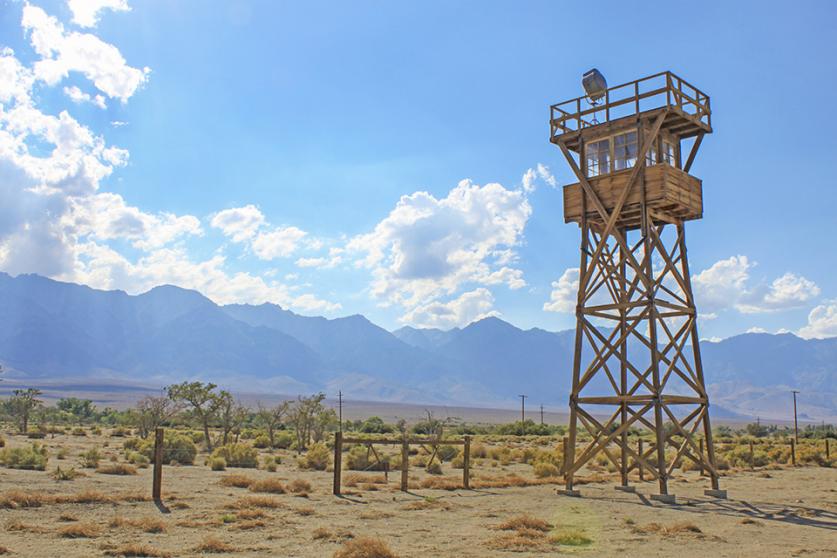
Although it has enjoyed broad bipartisan support, the grant program has faced repeated attempts by the current presidential administration to significantly diminish or altogether cancel its funding. Funds were halved in the FY2018 budget request, and only through vigorous public-awareness campaigns have advocacy groups been able to restore the full levels of appropriations. It is likely that the full funding of the program will entail an annual struggle for appropriations, despite the public law that has set aside the funds for a highly successful program that has made possible 195 projects to date in 18 states and Washington, D.C. According to NBC News, Dakota Russell, museum manager at the Heart Mountain Interpretative Center, has stated that the JACS grant has significantly aided their efforts in raising public awareness about a chapter in history which is not widely known.
“A lot of it goes into preserving the stories of people who were incarcerated, and a lot of those people are dying right now. So that’s why it’s imperative that we do keep funding going. There’s always the possibility that we could restart funding in a year if it’s cut this year, but the problem is how many possible people whose stories haven’t been preserved will have been lost in that one year?”
—David Inoue, executive director of the nonprofit Japanese American Citizens League, in an interview with NBC News
All ten of the confinement camps were established in rural areas and resembled de facto towns, containing hospitals, schools, factories, and other staple features. The most recognizable features of the camps were the identical rows of makeshift barracks where detainees were housed, laid out in a grid system divided into blocks (12-14 barracks per block). This residential core of barracks was surrounded by hundreds of acres of land where detainees toiled to grow food and raise animals. The trauma of incarceration had a major impact on the Japanese American community—disrupting their traditional family life, restricting their movements, and confiscating their hard-earned property. Although the camps offered negligible protection against the harsh cold and blazing heat of the barren landscapes, the Nisei beautified their surroundings, planting numerous trees and flowers and creating ponds, pools, and all manner of gardens—even Victory Gardens. Remnants of many of these features are still visible in the landscapes today.
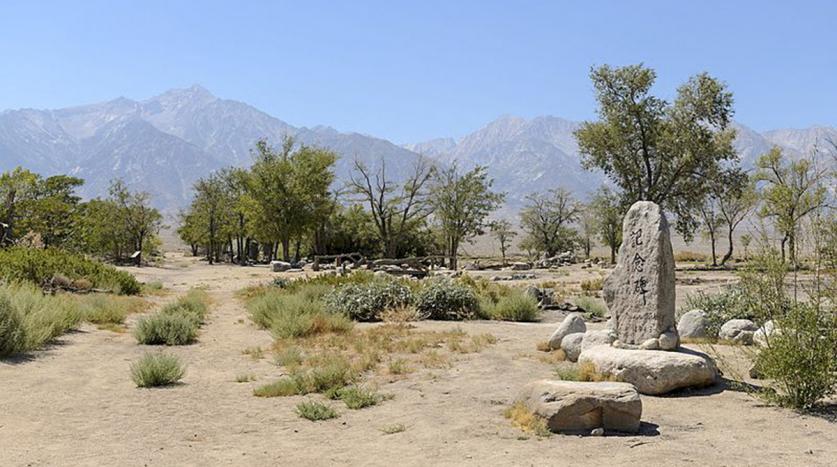
In 1980 President Jimmy Carter established the Commission on Wartime Relocation and Internment of Civilians. The report issued by the commission concluded that the decision to incarcerate was based on "racial prejudice, wartime hysteria, and a failure of political leadership." The work of the commission led to the passage of the Civil Liberties Act of 1988, signed into law by President Ronald Reagan. The Act issued an official apology and recognized the unfair treatment and confinement of people of Japanese ancestry during World War II, establishing restitution payments and a public education initiative to chronicle and communicate the plight of those who were unfairly treated by the United States government.
TCLF featured the Japanese American Confinement Sites as part of a compendium of threatened landscapes in its Landslide 2018: Grounds for Democracy after being alerted to the ongoing efforts to defund the program. The remains of many of the ten confinement sites and their landscapes continue to deteriorate. Severe inclement weather, vandalism, and the sale of lands continue to threaten these landscapes, which do not receive adequate support from tourist dollars due to their remote locations. The JACL is encouraging advocates to contact their representatives and voice support for the grant program. A letter authored by Japanese American Citizens League (JACL) National and addressed to Chairman Calvert and Ranking Member McCollum, urging them to back continued funding, has been supported by 113 organizations.
Visit www.callyourrep.co to find your representative and urge them to reauthorize the Japanese American Confinement Sites (JACS) program. View the Japanese American Citizens League’s press release here. News updates regarding the status of the program can be viewed here.



